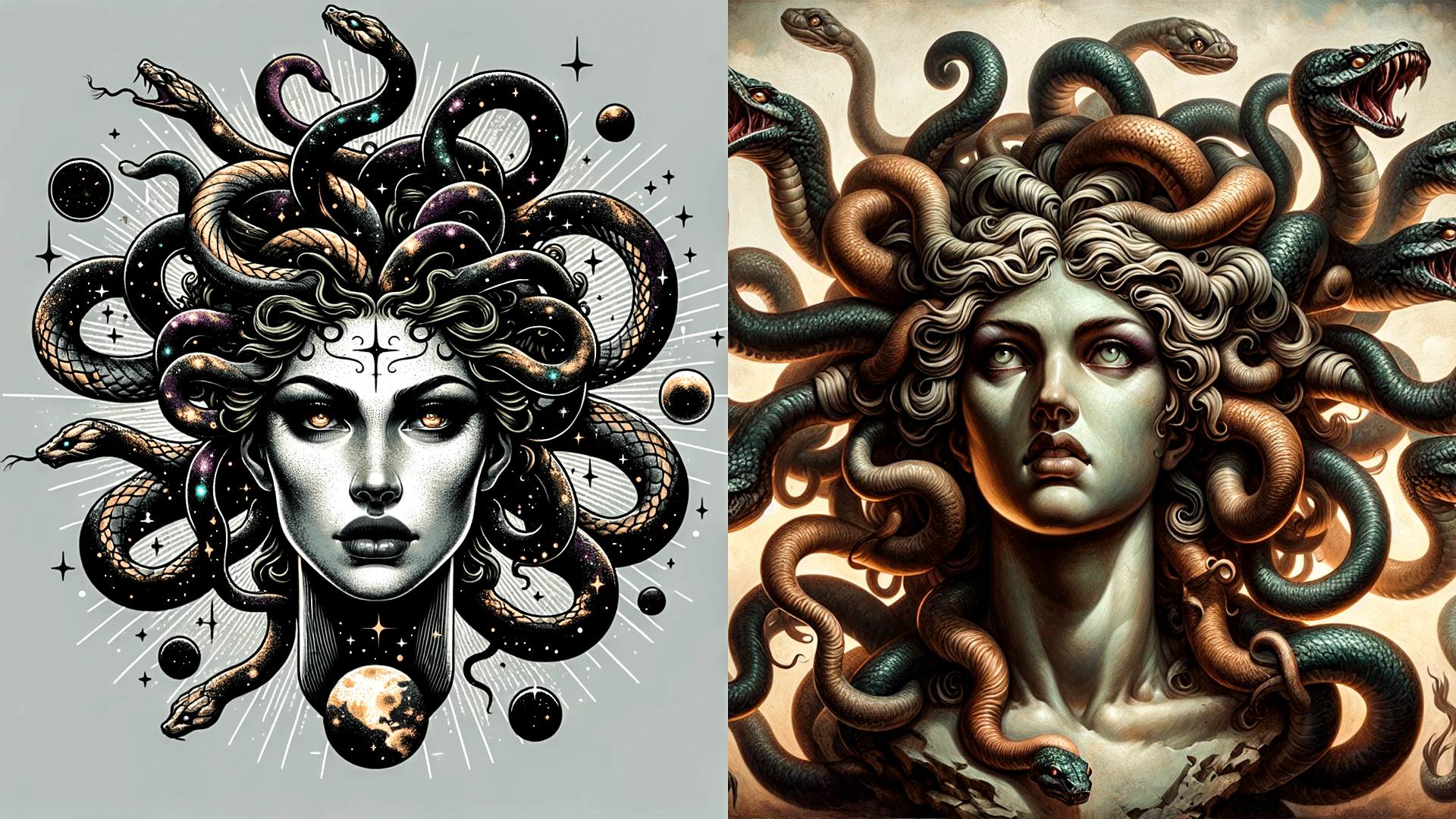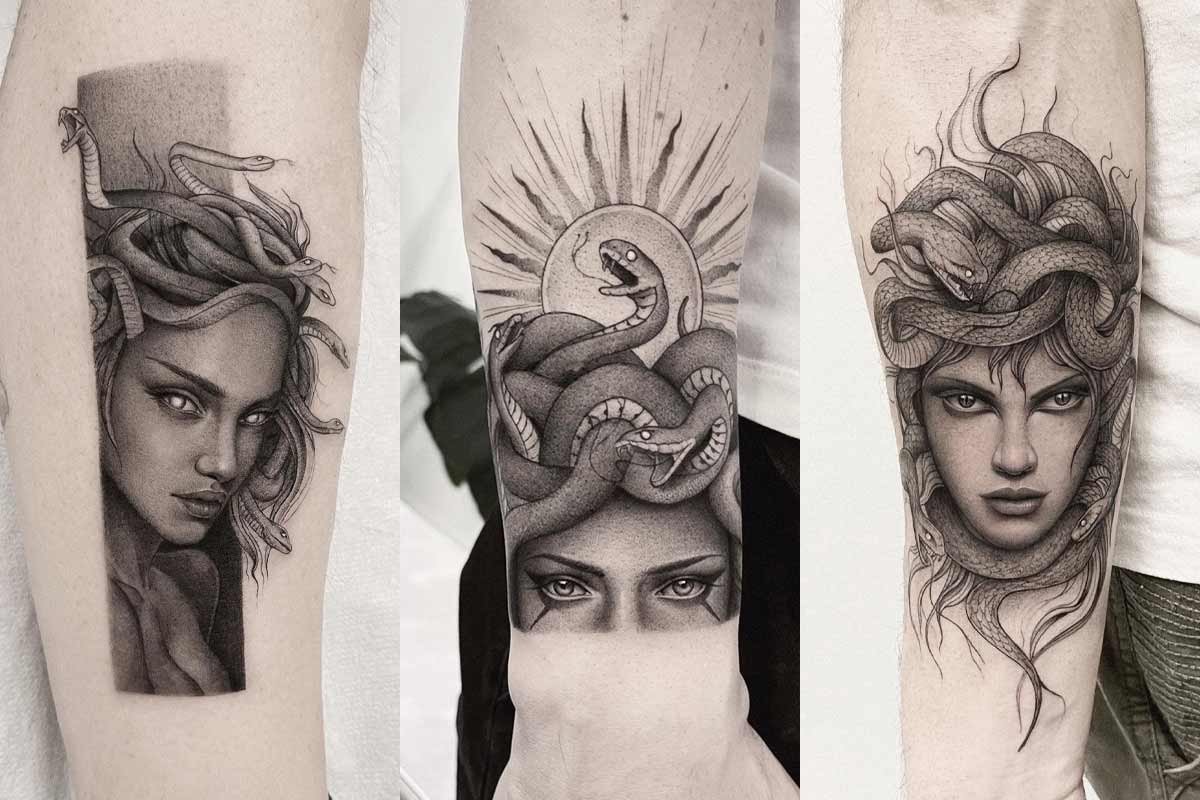Piercings are becoming increasingly popular as a form of self-expression, fashion. However, the healing process of a piercing can sometimes be complicated. One of the most common problems that people encounter during the healing process is the formation of a bump or a keloid around the piercing. Having a piercing bump or a keloid is inevitable when it comes to piercing. To avoid them, let’s look into the causes and how to get rid of them
What are Piercing Bump and Keloid?
What is a Piercing Bump?
A piercing bump is a small, raised, and sometimes painful bump that forms around a piercing site. These bumps can be caused by a variety of factors, such as trauma to the piercing surrounding, bacterial infections, allergic reactions, etc. Piercing bumps can occur on any part of the body that has been pierced, like earlobes, nose, tongue, lip, or belly button.
What is a Keloid?
A keloid is a hard and rubbery, overgrowth permanent scar that’s caused by abnormal wound healing. Keloids are caused by excess of collagen at a piercing site or a wound. Keloids can develop on any part of the body that has been injured, such as the site of a piercing. People with darker skin are more likely to get keloids as well as people with a personal or family history of keloid formation. Some keloids can give their owner itching, burning, or even pain.

Causes of Piercing Bump and Keloid
So why are you having keloids and piercing bumps, are you wondering what have you done wrong to your unhealed wound or piercing? Keloid vs piercing bump are common issues that many people encounter after getting a piercing. Here are some of the possible causes of each:
Piercing bumps:
Infection: If bacteria enter the piercing surrounding, it can cause an infection, which leads to a bump.
Allergic reaction: Some people are allergic to the metal that the jewelry contain or the piercing aftercare methods that are used to clean the piercing, which can cause a bump.
Trauma: If the piercing is knocked, bumped, or irritated frequently, it can cause irritation bump piercing, and inflammation, leading to a bump.
Improper aftercare: If the piercing is not properly cleaned and cared for after it’s done, it can lead to a bump.
Keloids:
Genetics: Some people are more prone to developing keloids due to their genetics.
Injury or trauma: Any injury or trauma to the skin, including getting a piercing, can cause a keloid to form.
Irritation: If the piercing is constantly irritated or rubbed, it can lead to the formation of a keloid.
Improper aftercare: Similar to piercing bumps, if the piercing is not properly taken care of after getting it done, a keloid can be formed.

It’s crucial to note that not everyone will develop a bump or keloid after getting a piercing, and even with proper aftercare, there is still a risk. If there is a piercing bump or a keloid that appears on your skin, it’s best to ask a dermatologist or a piercer for proper piercing aftercare.
What to Do If You Detect a Bump or a Keloid on Your Body?
A bump on a piercing can be caused by various reasons, such as infection, irritation, or trauma. This is our recommended piercing bump treatment.
Clean the area: Piercing aftercare is extremely vital to everyone that has a piercing. Clean the area around the piercing with a saline solution, a Q-tip, or a cotton ball. A saline solution can be made at home by mixing 1/4 teaspoon of non-iodized sea salt with one cup of warm water. Soak a clean cotton ball or Q-tip in the saline solution and apply it to the bump for around 5-10 minutes.
Avoid direct interaction with the piercing: Avoid touching the bump or the piercing with dirty hands, as this can introduce more bacteria and cause infection to the bumping piercing.
Use a warm compress: Apply a warm compress to the bump for 5-10 minutes several times a day to help reduce inflammation and increase blood flow to the area.
Do not remove the jewelry: Removing the jewelry from the piercing can cause the hole to close up and trap infection and bacteria inside, so leave the jewelry in place unless advised otherwise by a professional.
Seek professional help: If the bump doesn’t improve or gets worse, seek help from a professional piercer or a doctor. They can give you professional advice, healing methods, or medication, which may include antibiotics.

Remember that it can take time for a piercing bump to go away, so be patient and continue to care for the area until it has fully healed.
Keloids are a type of raised scar that forms when the body produces too much collagen during the healing process of a wound or an injury. They can be itchy, painful, and unsightly, and sometimes restrict movement if they are located over a joint. So how to make a piercing keloid go away?
Treatment for keloids can be challenging, and there is no single remedy that works for everyone. However, some solutions can help you with a keloid:
Corticosteroid injections: Injecting corticosteroids directly into the keloid can help to reduce inflammation and flatten the scar.
Cryotherapy: Freezing the keloid with liquid nitrogen can cause the scar tissue to die and fall off.
Surgical removal: Removing the keloid surgically can be effective, but this is a pretty risky method since there is a risk of the scar growing back even larger than before.

Laser therapy: Using a laser to treat the keloid can help to reduce its size and improve its appearance.
Silicone sheets or gels: Applying silicone sheets or gels to the keloid can help to soften and flatten the scar over time.
But you don’t have to be worried about your keloids since most of the cases, they are harmless.
Remember that keloids can be difficult to get rid of and may require multiple approaches. It is also important to work with a healthcare professional who is experienced in treating keloids to ensure the best possible outcome.























































